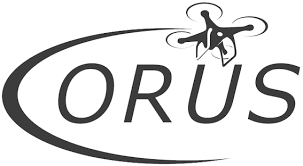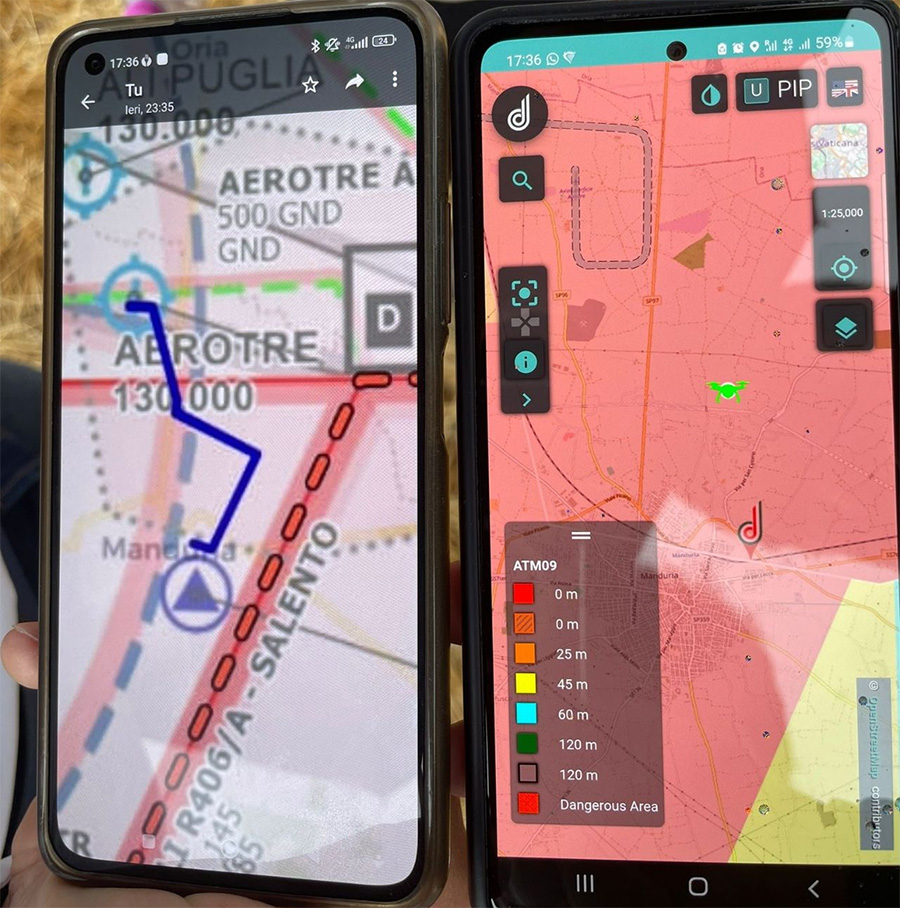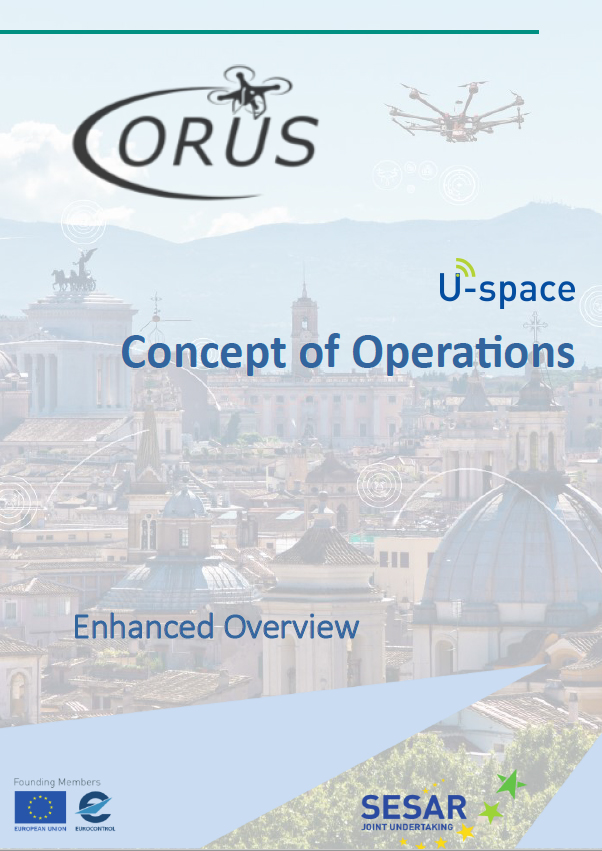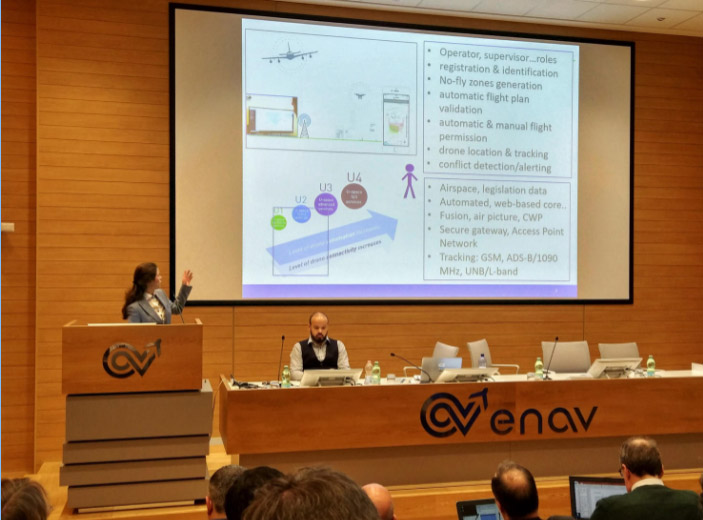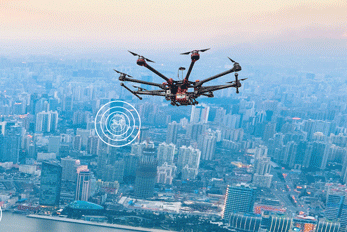A set of easy-to-use rules for low-level airspace operations
A harmonised approach to integrating drones into very low-level airspace is vital if the rapidly growing drone industry is to fulfil its economic and social potential. Gathering experts from aviation, research and academia, guided by a 21-member stakeholder advisory board, the CORUS consortium developed a Concept of Operations (CONOPS) for U-space. It proposes an initial architecture for this airspace with a detailed definition of the
airspace types to be used for very low-level drone operations and the services in them, so that operations are safe and efficient.
It balances the needs of the drone sector with those of society as a whole.
The activity of the CORUS project centred around three workshops held in January and June 2018 and April 2019, each attended by 100 stakeholders of widely varying backgrounds. Each workshop discussed a new iteration of the CONOPS, allowing the project to refine and validate them, leading to a U-space concept of operations (edition 3), providing the latest baseline for the U-space services.
Broad acceptance of the CORUS CONOPS has been essential to its success, with interested parties invited to join the “U-space Community Network” (UCN) that grew to over 500 members during the course of the project. These UCN members received information about the progress of the project, were invited to attend the workshops, and provided input on a number of questions to guide the project’s work. Well over 1 000 written comments were received that informed the drafting of the CONOPS. CORUS also communicated and cooperated with more than 70 organisations involved in other related projects looking at specific drone and U-space technologies.
The CONOPS details drone operations in uncontrolled very low-level airspace, and in and around controlled and/or protected
airspace such as airfields. It also describes an initial architecture that identifies the airspace types, services and technical development necessary for implementation of the CONOPS, quantifying the levels
of safety and performance required. It includes use-cases for nominal scenarios such as contingencies and emergencies; and proposes a method to assess the safety of service provision (MEDUSA). Finally, it proposes solutions for easing social acceptance of drones by examining aspects including safety, privacy, noise and other societal issues.
The CONOPS is a living document and so the expectation is that updates required in order to take into account the evolution towards urban air mobility (UAM) operations.

